How to Wire & Use GY-30 BH1750 Light Sensor (GY30 / GY302) - Easy - Arduino Project!
by RonFrtek in Circuits > Arduino
11478 Views, 3 Favorites, 0 Comments
How to Wire & Use GY-30 BH1750 Light Sensor (GY30 / GY302) - Easy - Arduino Project!
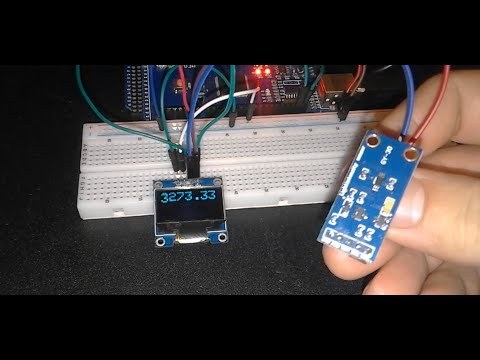 - Easy - Arduino Project!)
In this tutorial we will learn how to quickly and easily use the GY-30 BH1750 light intensity sensor with Arduino.
Watch a demonstration video.
What You Will Need
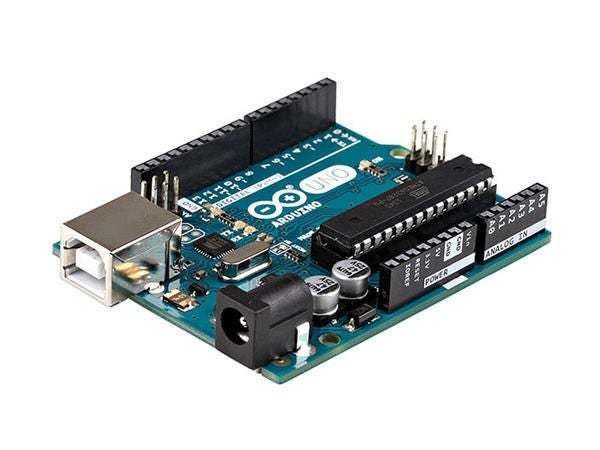
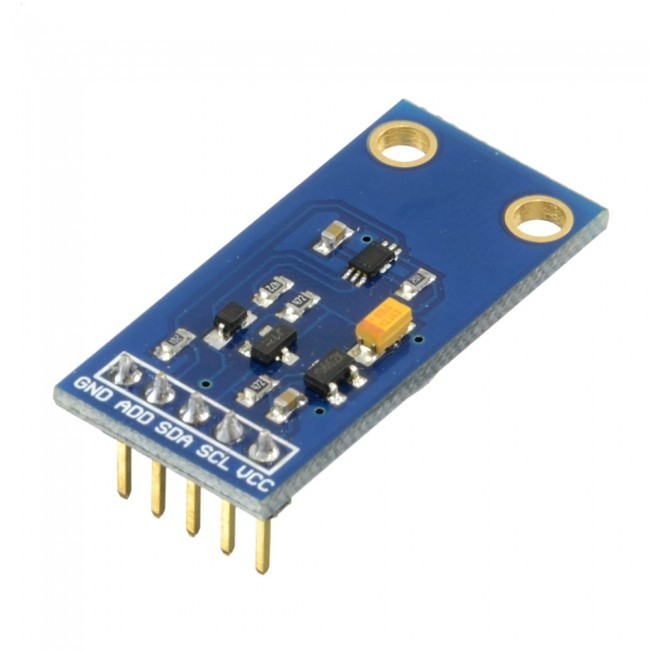
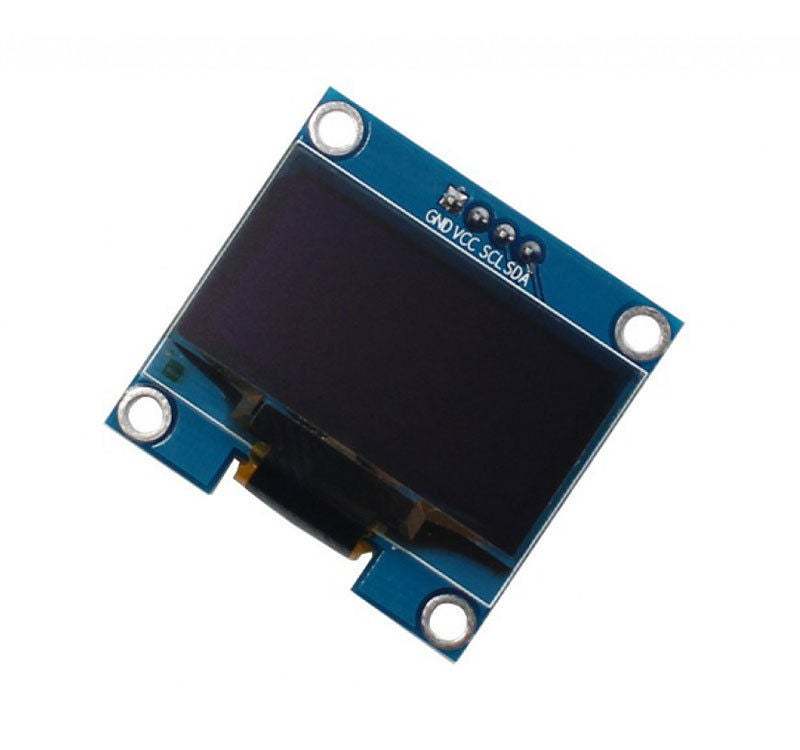
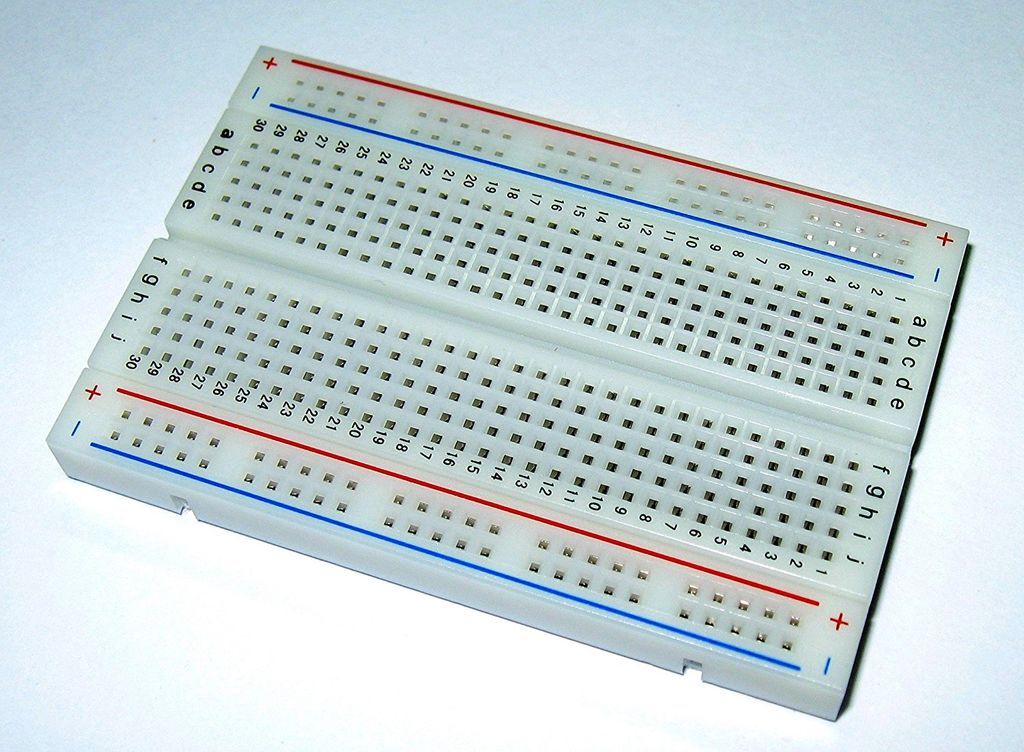
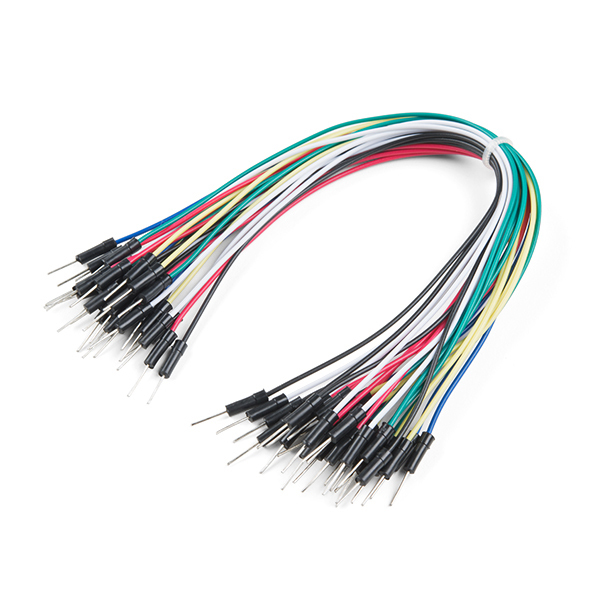
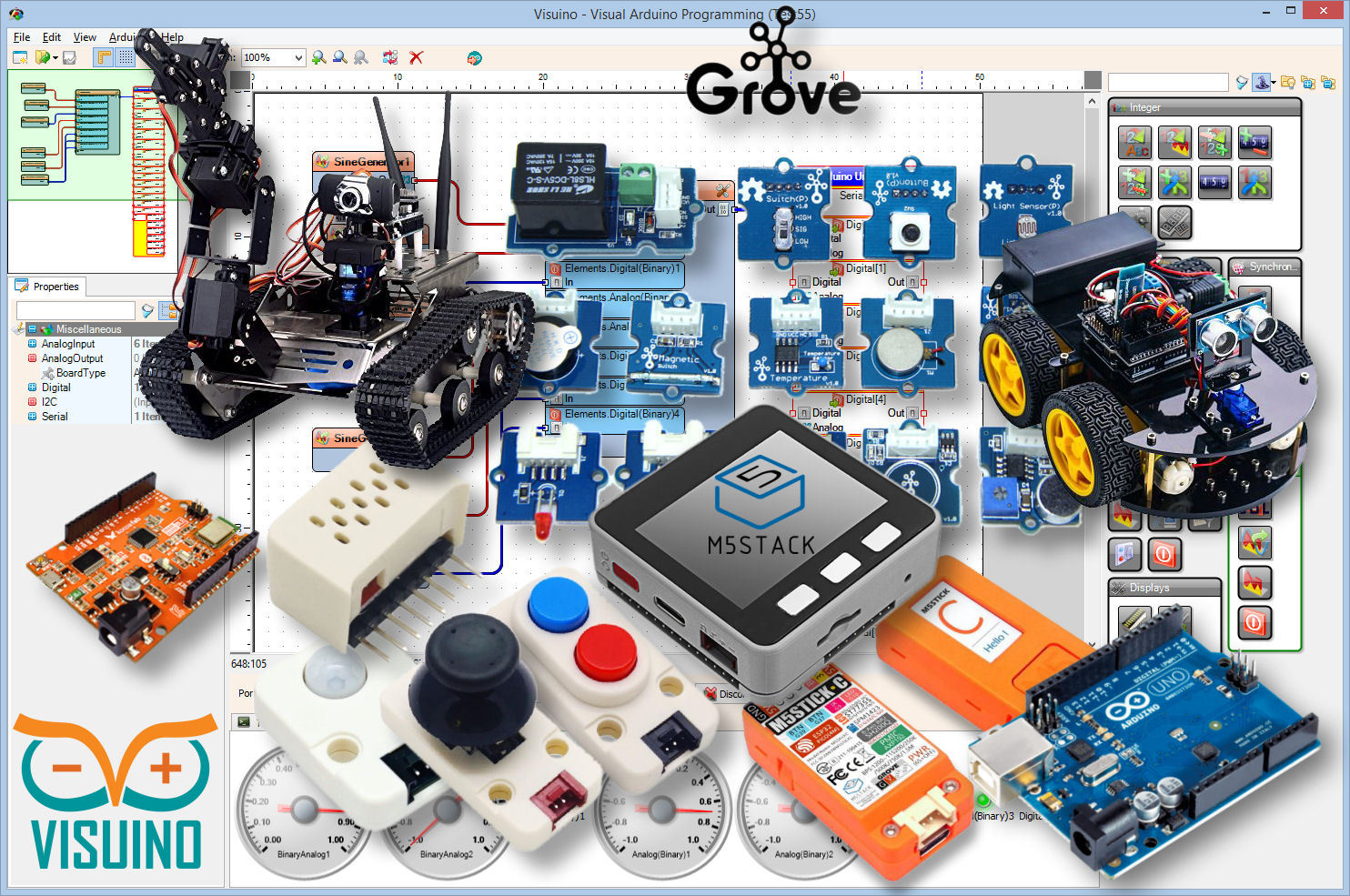
- Arduino UNO (or any other Arduino)
- GY-30 BH1750 light intensity sensor
- OLED Display
- Breadboard
- Jumper wires
- Visuino program: Download Visuino
The Circuit

- Connect Arduino positive pin [5V] to breadboard positive pin [Red Line]
- Connect Arduino negative pin [GND] to breadboard negative pin [BlueLine]
- Connect Arduino pin [SCL] to breadboard
- Connect Arduino pin [SDA] to breadboard
- Connect OLED Display pin [SCL] to breadboard <same line where the Arduino pin [SCL] is connected
- Connect OLED Display pin [SDA] to breadboard <same line where the Arduino pin [SDA] is connected
- Connect OLED Display pin [VCC] to breadboard positive pin [Red Line]
- Connect OLED Display pin [GND] to breadboard negative pin [BlueLine]
- Connect Light Sensor pin [SCL] to breadboard <same line where the Arduino pin [SCL] is connected
- Connect Light Sensor pin [SDA] to breadboard <same line where the Arduino pin [SDA] is connected
- Connect Light Sensor pin [VCC] to breadboard positive pin [Red Line]
- Connect Light Sensor pin [GND] to breadboard negative pin [BlueLine]
Start Visuino, and Select the Arduino UNO Board Type
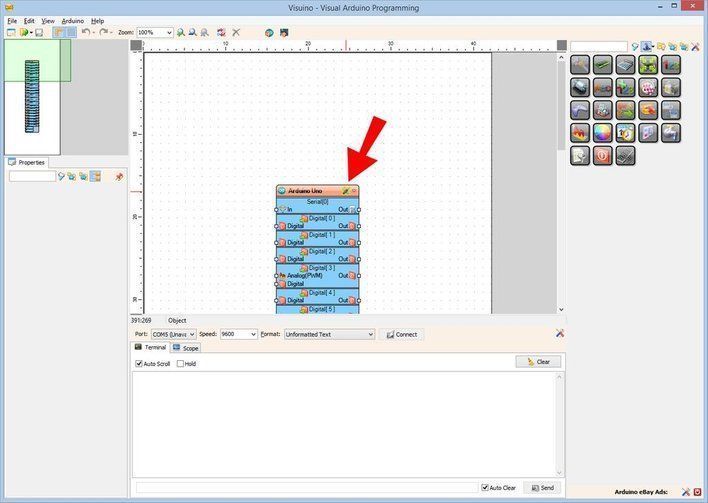
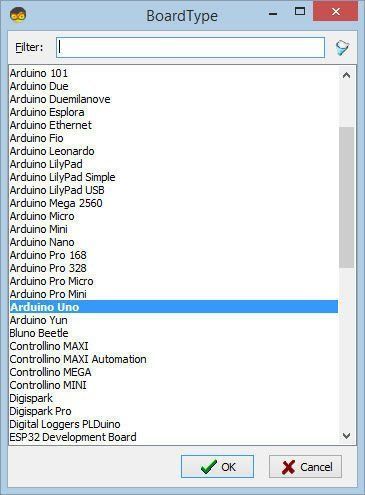
To start programming the Arduino, you will need to have the Arduino IDE installed from here: http://www.arduino.cc/.
Please be aware that there are some critical bugs in Arduino IDE 1.6.6. Make sure that you install 1.6.7 or higher, otherwise this Instructable will not work! If you have not done follow the steps in this Instructable to setup the Arduino IDE to program Arduino UNO! The Visuino: https://www.visuino.eu also needs to be installed. Start Visuino as shown in the first picture Click on the "Tools" button on the Arduino component (Picture 1) in Visuino When the dialog appears, select "Arduino UNO" as shown on Picture 2
In Visuino Add & Set Components
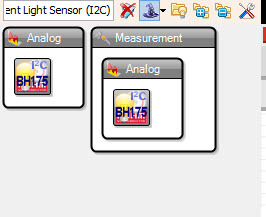
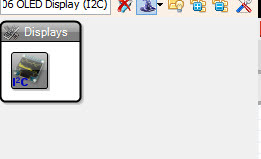
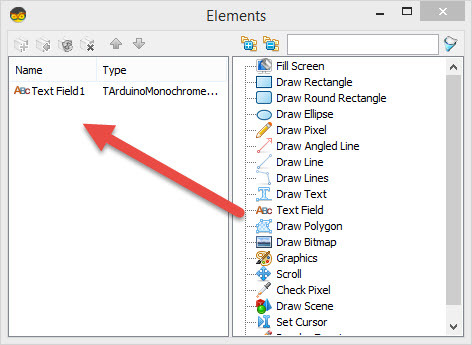
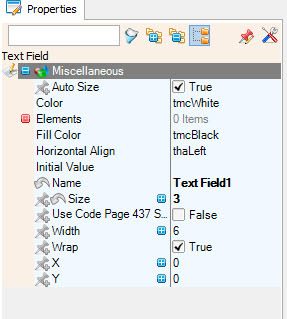
- Add "ROHM BH1750 Ambient Light Sensor (I2C)" component
- Add "SSD1306/SH1106 OLED Display (I2C)" component
- Double click on "DisplayOLED1" component and in the "Elements" window drag "Text Field" to the left
- On the left side then select "TextField1" and in the properties window set size:3
In Visuino Connect Components
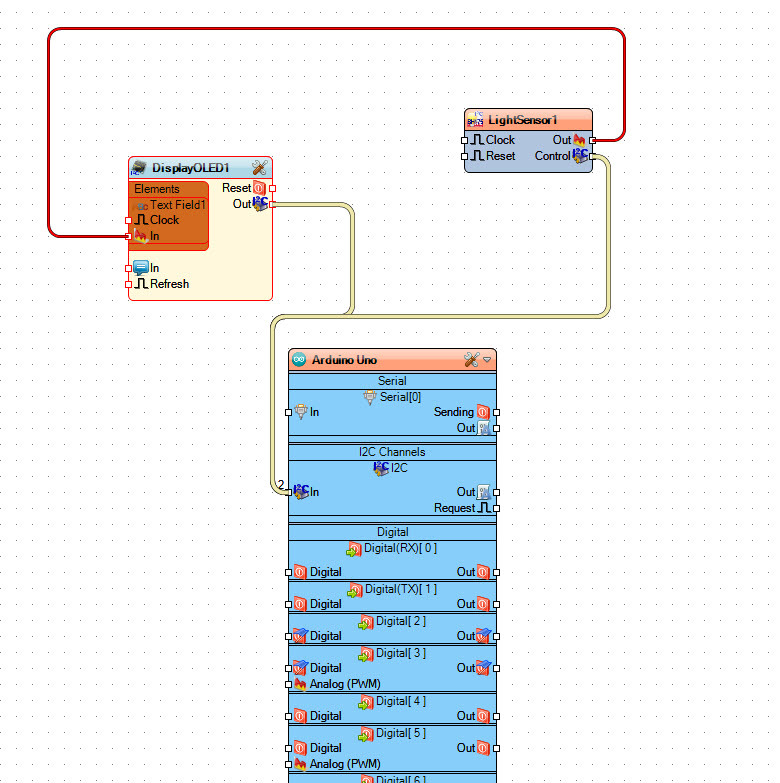
- Connect "LightSensor1" component pin [Control] to Arduino I2C pin [In]
- Connect "LightSensor1" component pin [Out] to "DisplayOLED1>TextField1" component pin [In]
- Connect "DisplayOLED1" component pin [Out] to Arduino I2C pin [In]
Generate, Compile, and Upload the Arduino Code
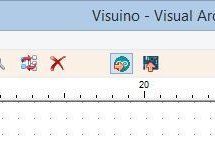
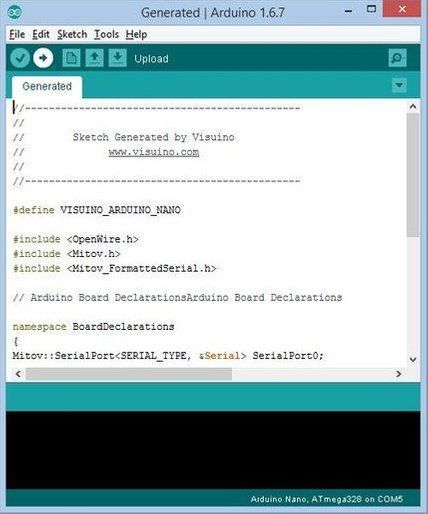
In Visuino, Press F9 or click on the button shown on Picture 1 to generate the Arduino code, and open the Arduino IDE
In the Arduino IDE, click on the Upload button, to compile and upload the code (Picture 2)
Play
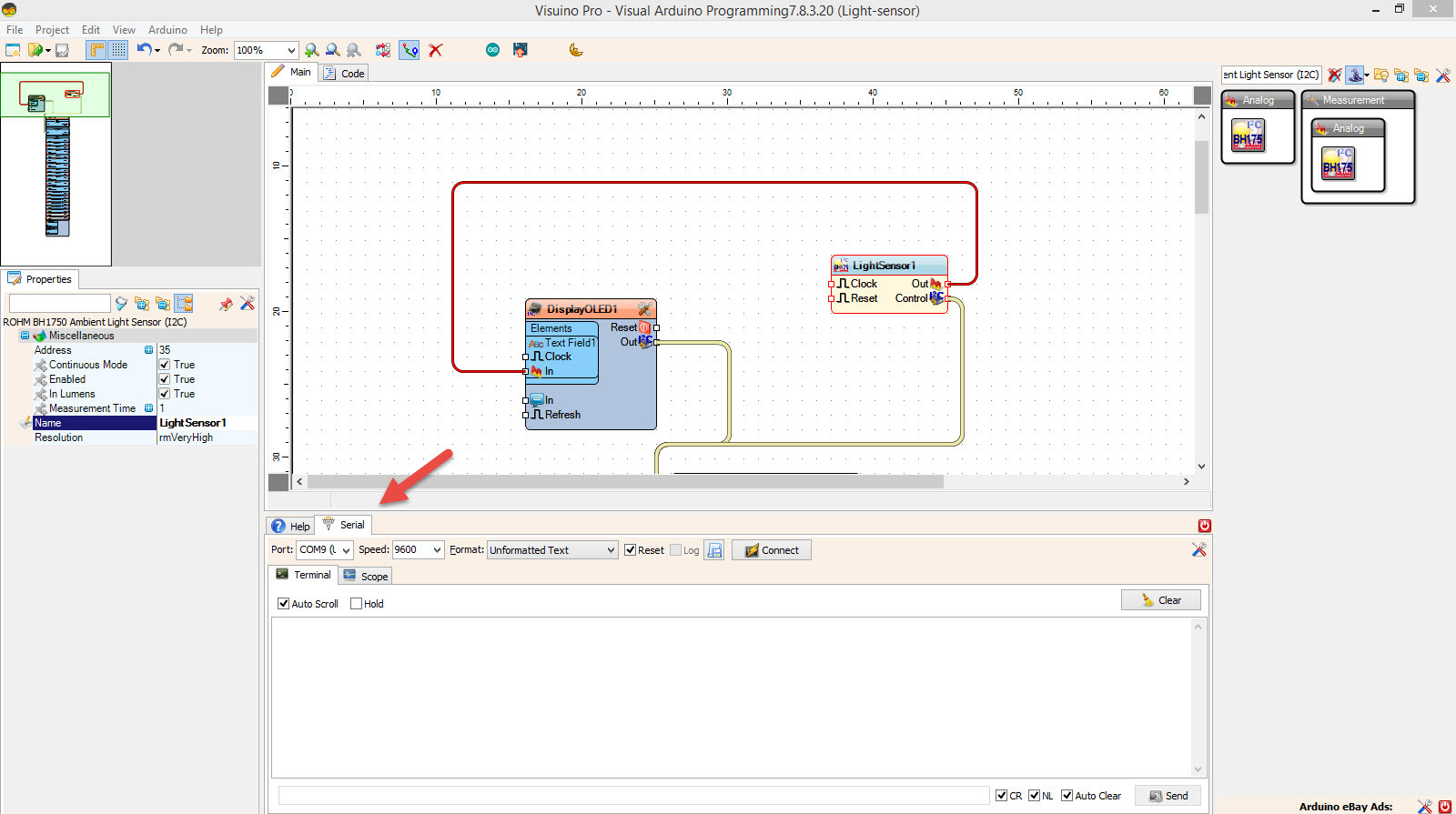
If you power the Arduino UNO module, the Display will start to show a light intensity number that it gets from the Light Sensor.
Note: If you dont have an OLED Display you can just wire the "ListSensor1" pin [Out] to Arduino Serial[0] pin [In] and monitor the Light intensity in Visuino Serial Tab (Picture1)
Congratulations! You have completed your project with Visuino. Also attached is the Visuino project, that I created for this Instructable. You can download it here
and open it in Visuino: https://www.visuino.eu